What to do in Dubrovnik, Croatia? Dubrovnik is a fascinating city, full of interesting sights and things to do. The old town, surrounded by a magnificent city wall, is a UNESCO World Heritage Site and full of historic buildings.
Innehållsförteckning
Dubrovnik in Croatia
Dubrovnik was founded in the 3rd century by Roman refugees, and the population later mixed with Slavs. The city became a link between two civilisations and provided shelter for refugees of all nations. During the Croatian War of Independence in the early 1990s, the city was besieged and badly damaged, but today most of the damage has been repaired.
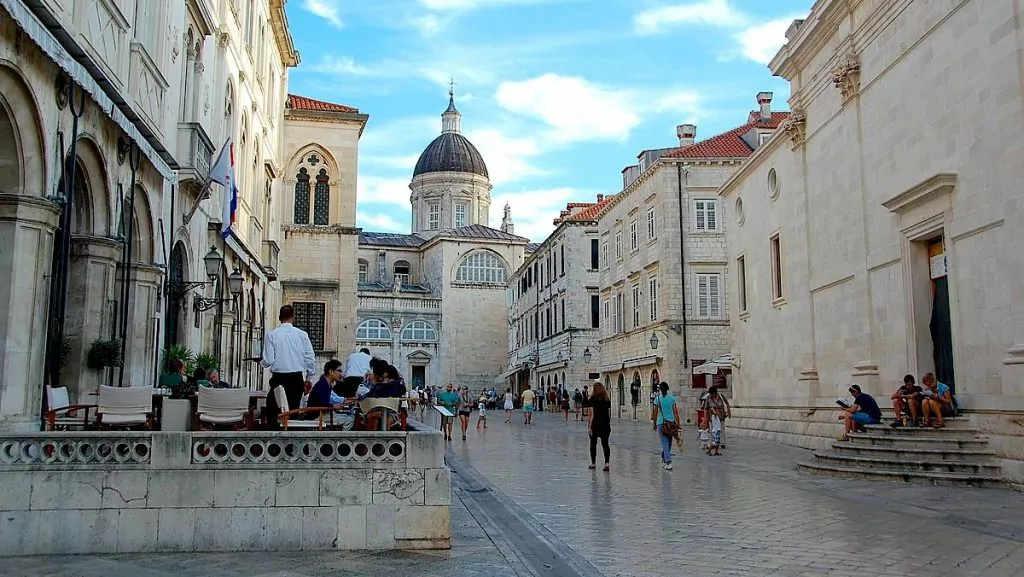
The historic parts of Dubrovnik are a UNESCO World Heritage Site and in the Old Town, in addition to the wall, you can see a number of churches, palaces and fountains, as well as the polished main street, Stradun.
Dubrovnik has just over 40,000 inhabitants, but the visitors can be counted in millions! We arrived in mid-September and quickly realised that we were far from alone. We also soon realised why so many people are attracted to this beautiful and interesting city. Croatia is one of the most popular countries in Southern Europe and Dubrovnik is probably Croatia's most popular city.
If you drive to Dubrovnik from the northern part of Croatia, you will pass through Bosnia and Herzegovina. Keep in mind that you are travelling outside the EU.
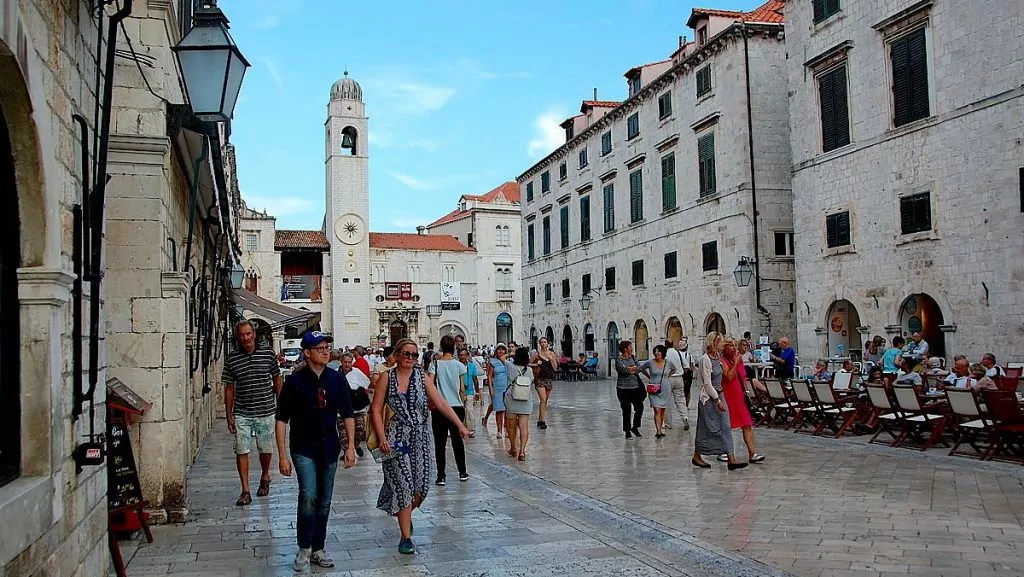
What is there to see and do in Dubrovnik?
Here's a list of 16 sights in Dubrovnik that you won't want to miss. You'll also find plenty of tips for exciting excursions.
1. Walking around the Dubrovnik city walls
The old town of Dubrovnik is surrounded by a massive stone wall up to six metres high. The wall is around two kilometres long and up to 25 metres high at its highest points. Construction of the wall began in the 7th century, with major additions in the 15th and 16th centuries.
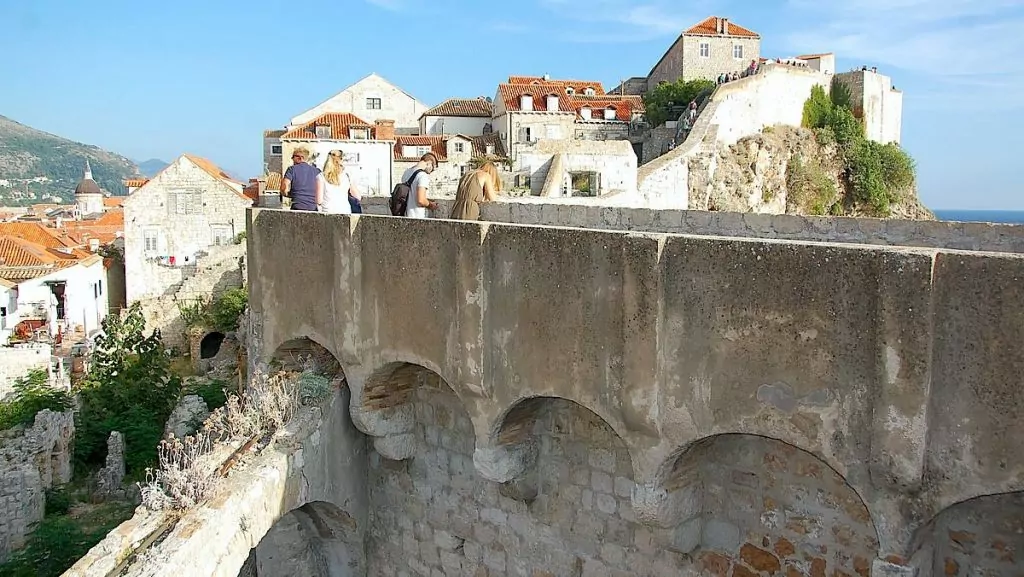
Dubrovnik's city walls are the best preserved in Europe and are a UNESCO World Heritage Site. For a fee of 130 kr/person, you can climb the walls and walk around the entire city, while enjoying great views of both the city and the surrounding sea. There are three different entrances, including the main Pileporten gate.
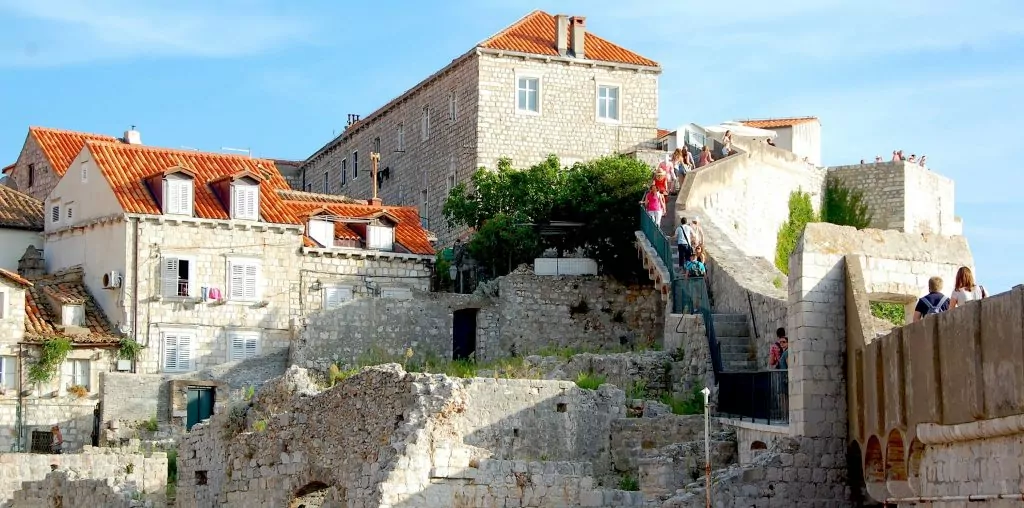
2. Travel back in time on the Stradun pedestrianised street.
Inside the great city walls, you are greeted by the long and impressive Stradun pedestrianised street. The street is lined with marble, and walking on the shiny surface is almost like stepping inside a mighty building.
The street is lined with beautiful houses with fine shutters, and there are also plenty of shops and cafés. At the end of the street, you'll find Loggia Square (Luza Square), which used to be the city's commercial centre.
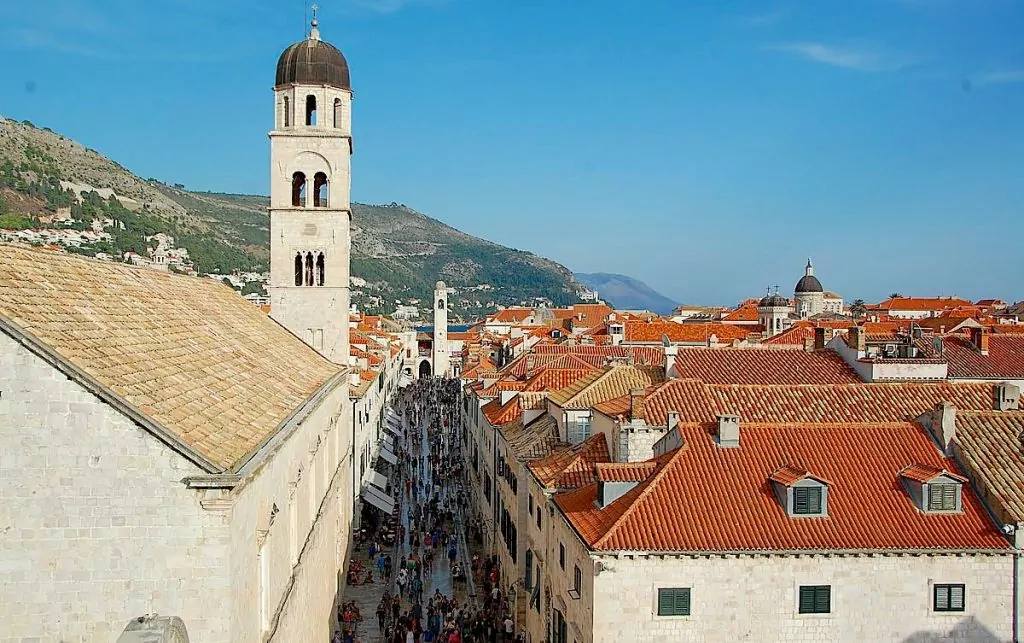
3. See and experience the historic Rector's Palace.
If you want to see one of the many magnificent sights in Dubrovnik, check out the Rector's Palace, located on Loggiata (Luza) Square. The so-called Rector of Dubrovnik was a kind of mayor of the city, and in the beautiful palace you can see many different artefacts. The basement also contains the more sinister dungeons.
4. Open your senses in the Church of St Blasius
Also on Loggiata Square is the Church of St Blasius, built in the Baroque style in the early 18th century. The church is dedicated to the patron saint, St Blasius, who is statue on the altar.
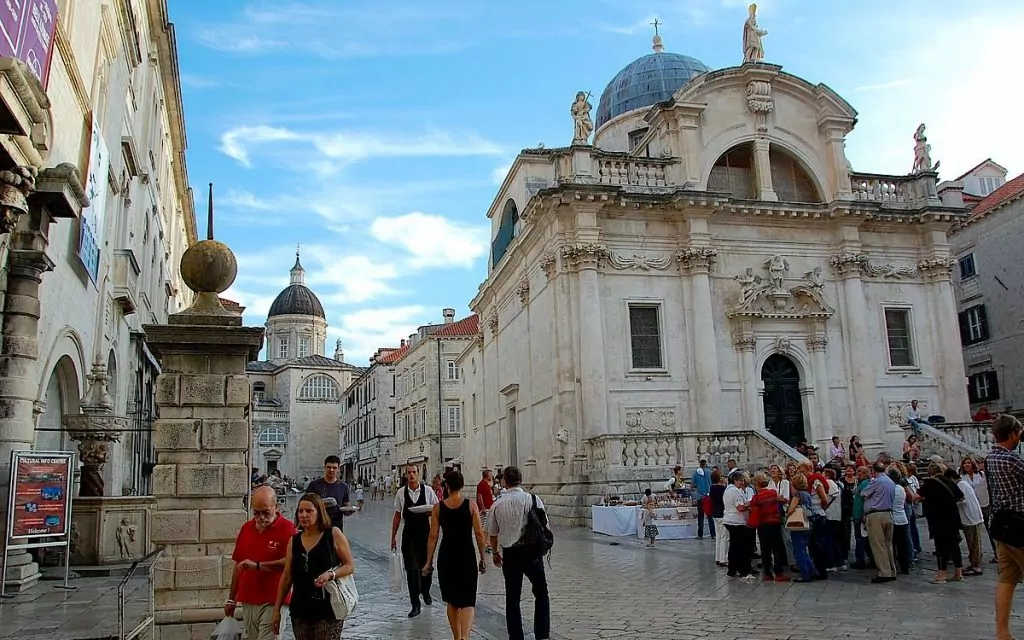
5. Discover the beautiful Sponza Palace.
The Sponza Palace, or Divona, is a listed palace built in the early 16th century. The palace has both Gothic and Renaissance features and a beautiful courtyard.
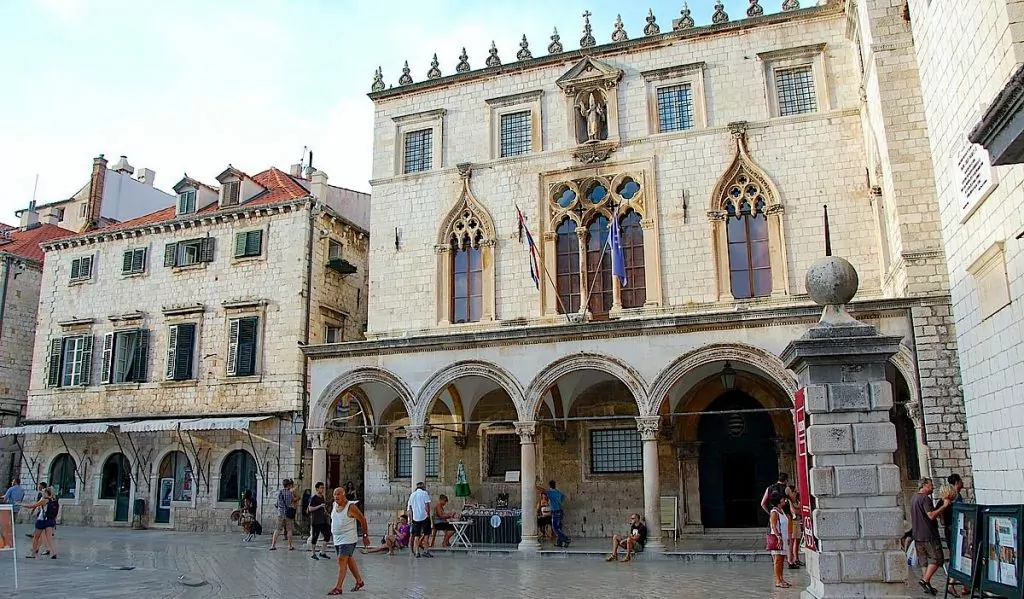
6. Admire the unique Onofrio Fountains
Onofrio's fountains consist of a larger and a smaller fountain, which were once part of the city's water system. The larger fountain is located inside the Arrow Gate and the smaller fountain is located at the end of the Stradun pedestrian street.
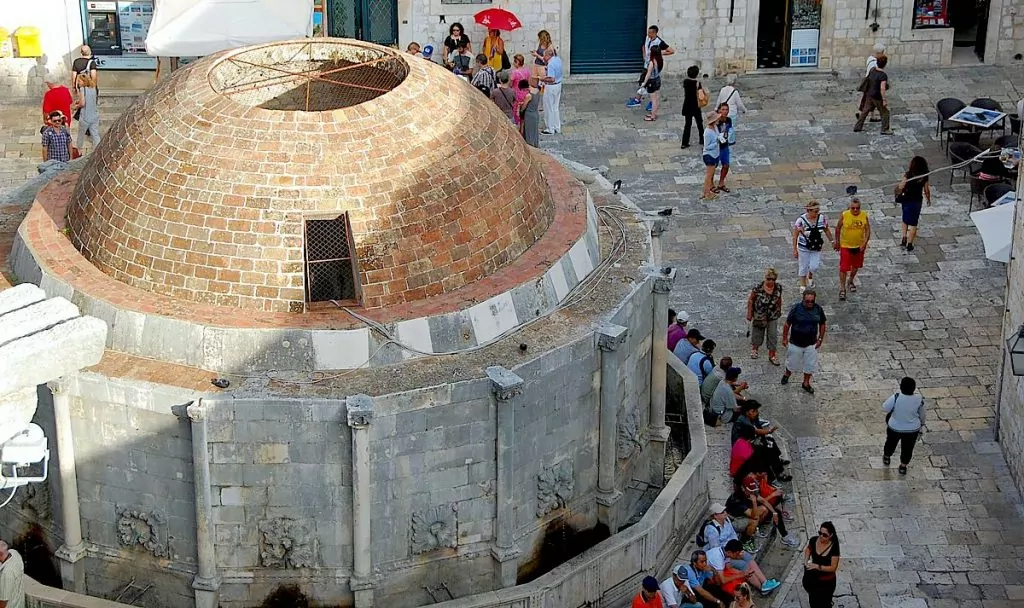
7. Get inspired by the beautiful Franciscan monastery.
Located inside the city walls, the Franciscan Monastery is a 14th century convent with a beautiful courtyard. It also houses a museum of art and antiques. You can also see a shell hole commemorating 6 December 1991 when the siege of Dubrovnik began.
The old pharmacy of the Franciscan monastery, Stara ljekarna, is one of the oldest in Europe still in use. The pharmacy is said to have been founded at the same time as the monastery in 1317, and has been in continuous use ever since.
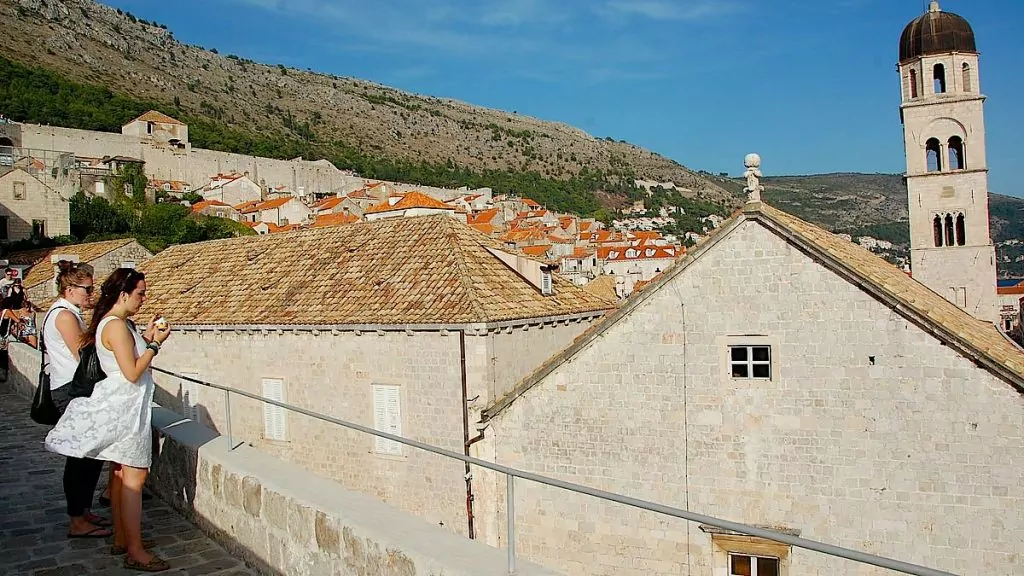
8. Enter and be exalted by the Cathedral of Dubrovnik
The Cathedral of Dubrovnik, or Cathedral of the Assumption of the Virgin Mary as it is actually called, is a listed cathedral. The cathedral is the fourth church on the same site, and another of the many attractions in Dubrovnik. The cathedral contains a treasury with reliquaries, paintings and various religious artefacts.
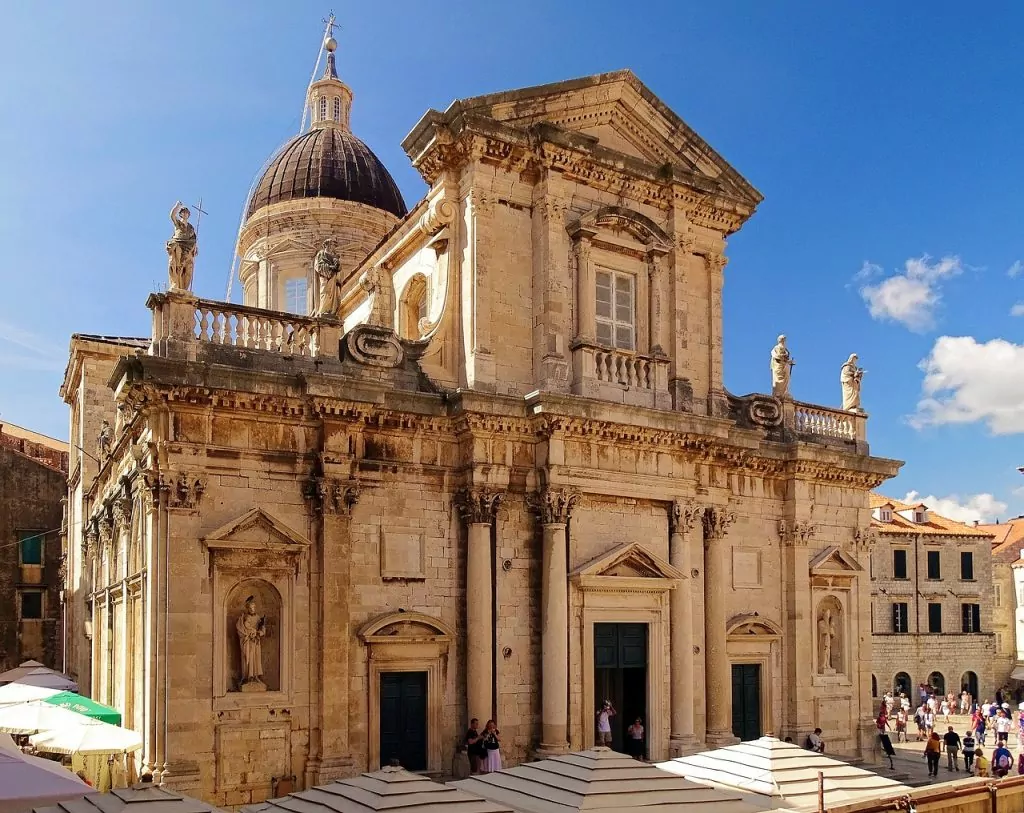
9. Take in and eat at Dubrovnik's old harbour
Dubrovnik's old harbour is nicely situated between the Revelin and St. John fortresses. In the past, this was a busy harbour for fishing boats and boats carrying goods, but today it is home to the boats that take tourists to different islands. There are also a few restaurants with nice outdoor seating.
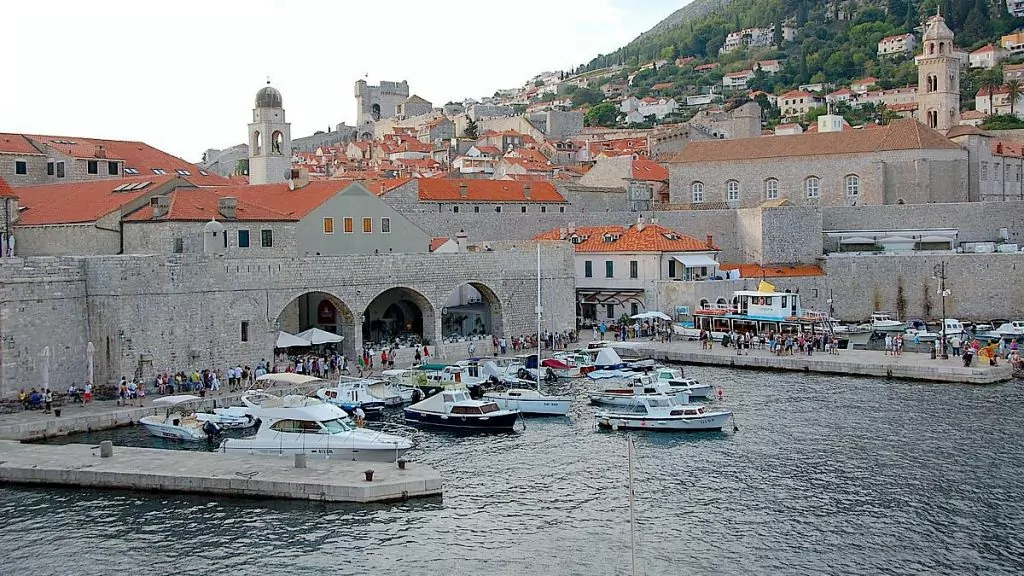
10. Swimming and sunbathing on cliffs and beaches
Many people may take trips to the islands and resorts around Dubrovnik to swim, but you can also rock swim in the centre of the old town on the Adriatic Sea.
- Banji beach is very popular
- Buže
- Sulici
- St James
- Pasjaca Plaza beach has been chosen as the most beautiful beach in 2019 by European Best Destination (EBD). 32,000 travellers from 116 countries have voted. 30 min from the Dubrovnik Riviera.
There are also plenty of cliffs everywhere, which people use to enjoy the sun and sea. If you want to find even more beaches, you can take boat trips out to the surrounding islands.
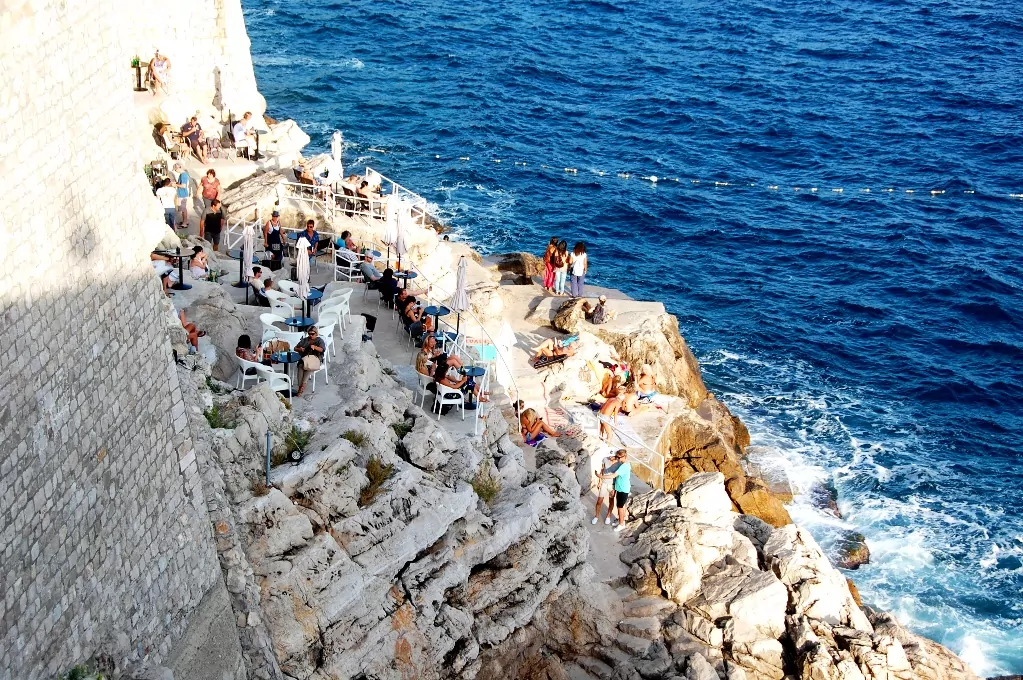

11. Venture on the cable car up Mount Srđ
Just outside Dubrovnik's city walls, a cable car runs high up on Mount Srđ behind the city. From here you have probably the most amazing view of the city, the sea and the islands. Up here you'll also find a museum about the 1990s war of independence and a café.
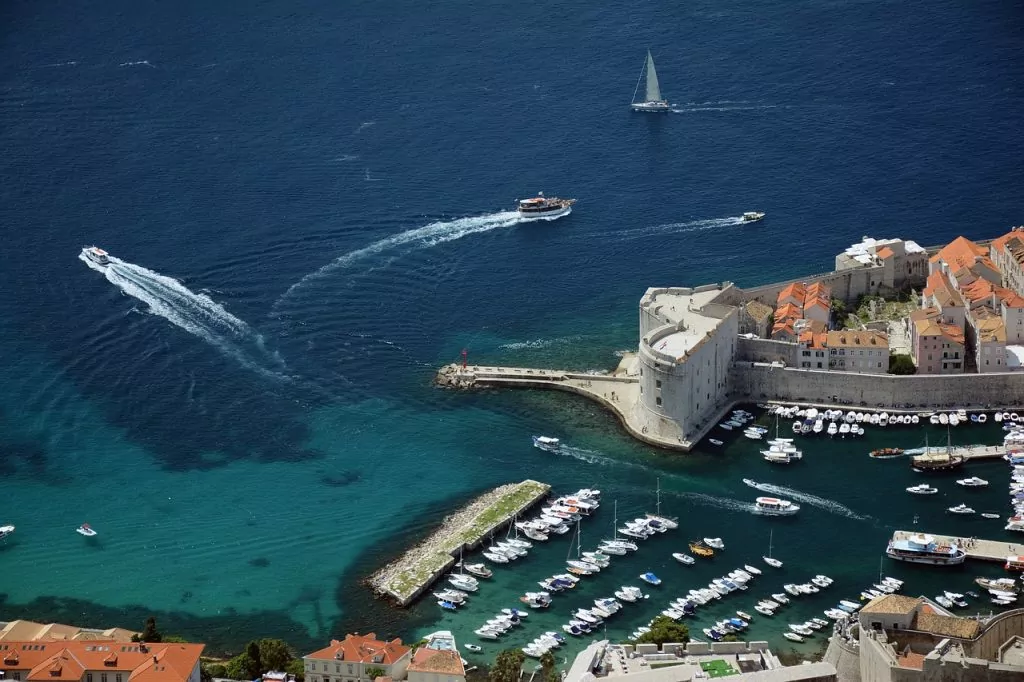
12. Check out the cool fortress of Lovrijenac.
The fortress of Lovrijenac, or the Fortress of St. Lawrence as it is known in stage language, is dramatically situated on a cliff 37 metres above sea level outside the Old Town of Dubrovnik. The fortress was probably built in 1018, but is first mentioned in history in the 14th century. The fortress has sometimes served as a film set for 'The Red Keep' in the TV series Game of Thrones, but is interesting to see even if you don't follow the show.
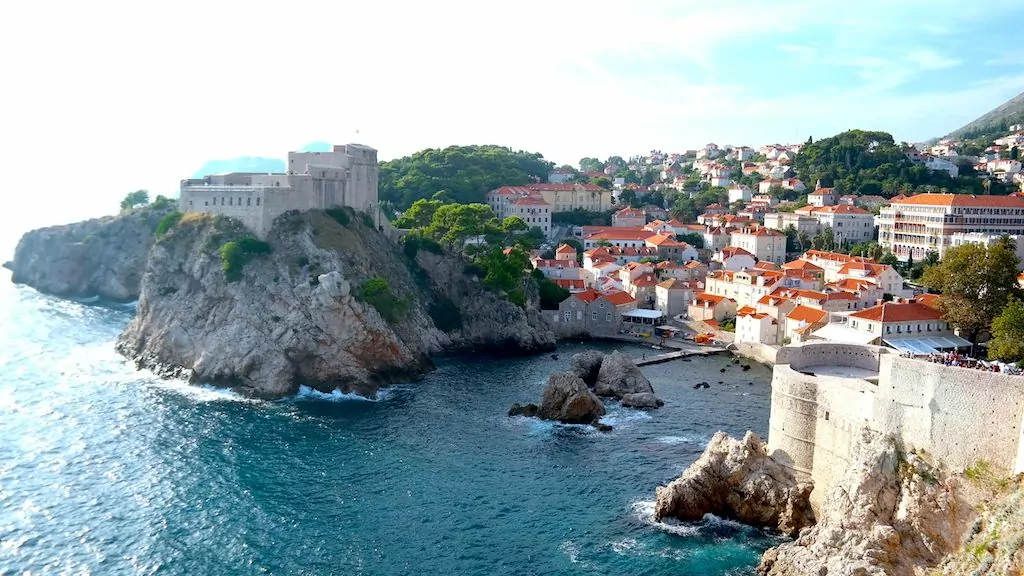
13. Take a trip to the wild island of Lokrum
Just 600 metres from the port of Dubrovnik, in the beautiful southern archipelago, lies the uninhabited island and nature reserve of Lokrum. The vegetation is exotic and protected by UNESCO. Here you will find an old church from the 100th century, a monastery from the 15th century, a botanical garden and great opportunities for sunbathing and swimming.
Snorkelling or kayaking around the beautiful island, there's also a nude beach for those who want to be naked, or a saltwater lake on the island for non-swimming children. Head to the highest point on the island to an old French star-shaped fortress from 1806, where you'll have a great view of Dubrovnik.
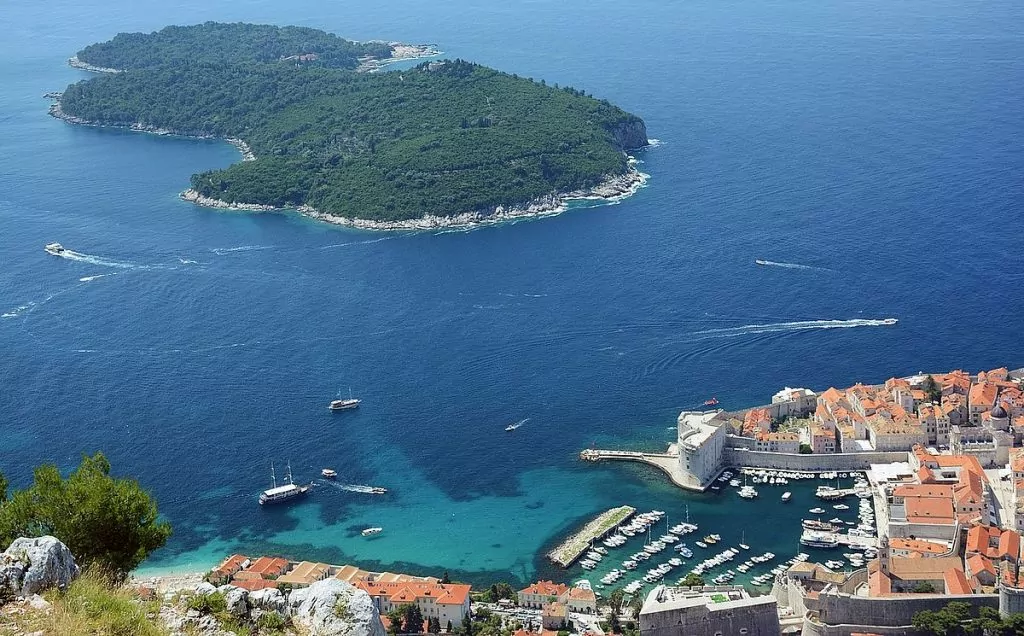
14. Adventuring around the Elafiti Islands archipelago
Dubrovnik is a good starting point for boat trips to various islands in the Croatian archipelago. Just outside Dubrovnik is the Elafiti Islands archipelago, which includes 13 islands, including Šipan, Koločep (Kalamota) and Lopud. The famous Sunj beach is located on the island of Lopud.
For example, there are boat trips to Lopud and Koločep, where you can find nice beaches. An hour's boat journey can take you to the island of Korčula, which has a nice town and is said to be the birthplace of Marco Polo.
15. Take selfies at famous Game of Thrones filming locations
If you like the TV series Game of Thrones? If so, you'll find a whole bunch of interesting sights in Dubrovnik. These include several scenes from King's Landing. Scenes from the magical city of Quarth were filmed at the Rector's Palace, Minčeta Fortress and on the island of Lokrum, and scenes from Red Keep were filmed at Fort Lovrijenac (St Lawrence Fortress).
If you wish, you can book special guided tours that take you to the main filming locations of the series.
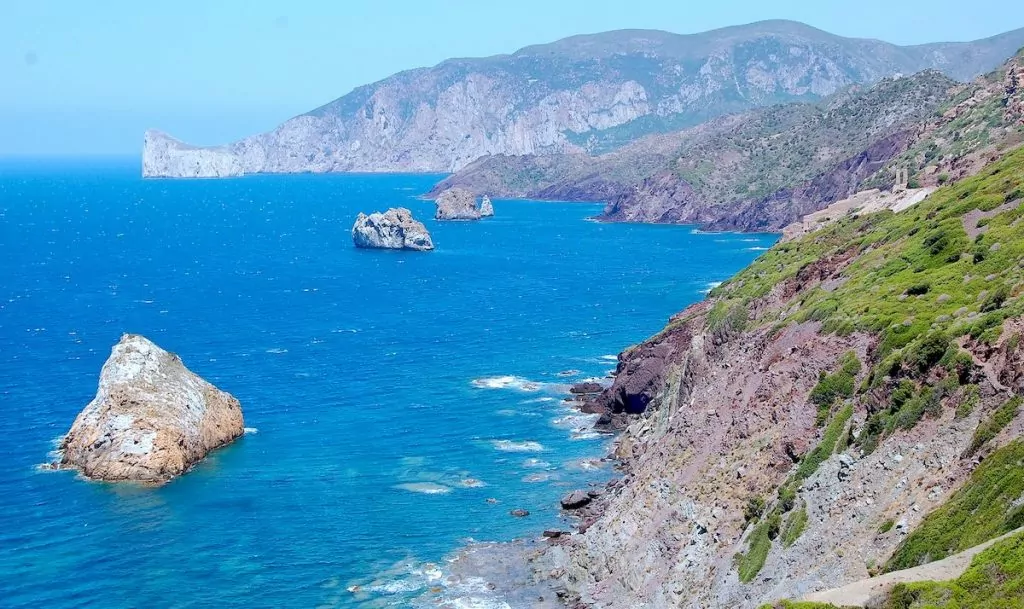
16. Dare to taste Dubrovnik and Croatia
In Dubrovnik and Croatia, you can eat a lot of fish and seafood. For example, it is common for restaurants to serve grilled fish, preferably together with potatoes mixed with chard. Read more about food from Dubrovnik. Here are some Croatian specialities you might want to try:
- Cevapcici - spiced minced meat patties
- Aivar - paprika, used as an accompaniment to various meat and minced meat dishes.
- Blitva - chard with potatoes and garlic, often served with grilled fish
- Pršut - air-dried smoked ham
- Paski sir - aged good cheese from the island of Pag
- Truffles - in Croatia there are both black and white truffles
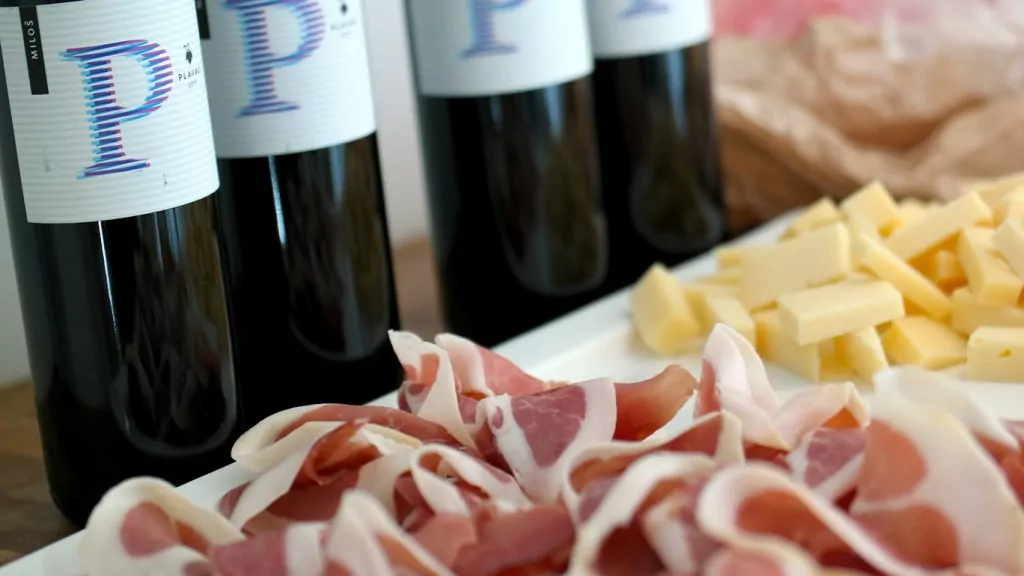
Can you camp in Dubrovnik?
The most centrally located campsite is the large campsite. Solitude. From here you can easily get back and forth on buses that run every 10 minutes. Just look for bus number 6 with the text "Babin Kuk". A little unexpected (!?) name perhaps, but for some reason it's quite easy to remember which bus to take...
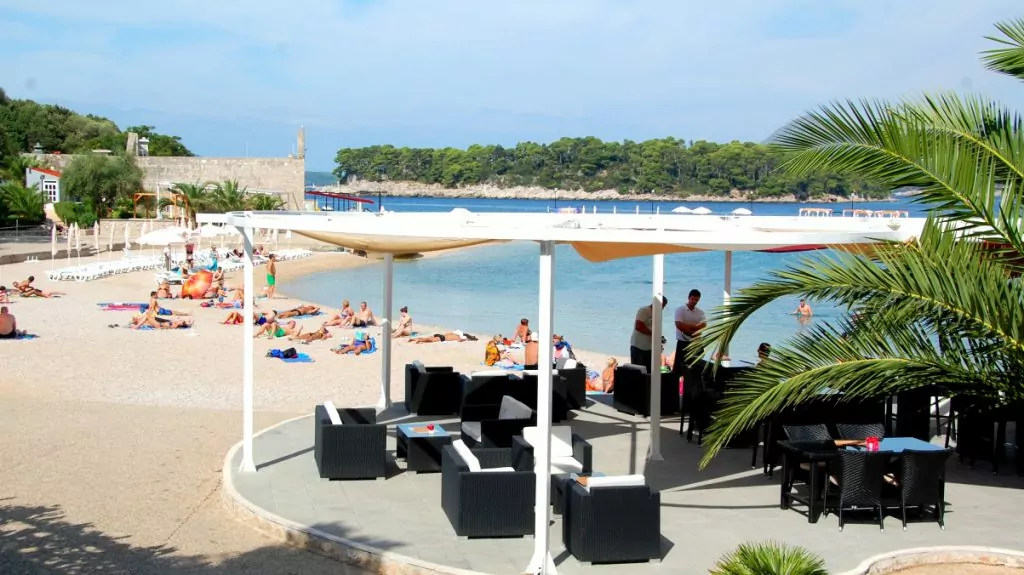
What else can you see in Croatia?
Travelling around Croatia by car or camper van, or able to make excursions from Dubrovnik? Here are some more great places to visit within a reasonable distance. You can also travel to Kotor in Montenegro or Mostar in Bosnia and Herzegovina.
- Brac with its charming villages, crystal clear waters and the famous Zlatni Rat beach.
- Split is a historic city where you'll find everything from sightseeing and shopping to great boat trips.
- Trogir is a Unesco World Heritage Site with a beautiful historic centre and narrow charming alleys.
Labin in Croatia - on a motorhome trip around Istria
Labin in Croatia is a charming town on the eastern side of Istria. We started with an early...
Sights of Brac in Croatia - tour by car
Sights on Brac in Croatia! Brac is a beautiful island in the archipelago off Split in the Adriatic....
Supetar on Brac in Croatia - an idyllic tourist resort
Supetar on Brac is the largest town on the island and you can get here by ferry....
Vrsar in croatia - small town with big surprises
Vrsar in Croatia is located on the west coast of Istria and is a medieval town where we visited a real...
The village of Bol on the island of Brac - in the Croatian archipelago
Bol is located on the island of Brac, which is the third largest island in the Croatian archipelago. Brac is surrounded...
Good restaurant on Brac - good lamb at Kopacina
We can recommend a good restaurant on Brac - experience really good lamb at Kopacina!....
Unesco World Heritage in Croatia - 10 natural and cultural heritage sites
Have you seen any of the Unesco World Heritage Sites in Croatia? There are currently 10 of them, and...
By boat on the river Cetina in Croatia
The Cetina in Croatia is a 100 km long river in the province of Dalmatia in southern Croatia....
Paklenica National Park in Croatia
Paklenica National Park in Croatia is a dramatic park in a large canyon, listed as a UNESCO World Heritage Site...
Living and eating in Zagreb - restaurant tips
Eating in Zagreb? You can do it in the hustle and bustle of the Tkalciceva promenade in the city centre. Discover all...
Amphitheatre in Pula - Arena for gladiators
Located in southern Istria, the Pula Amphitheatre is the sixth largest amphitheatre in the world, built...
Experience Croatia by car
If you want to experience Croatia, the best way to do so is by car. If you only fly...
Porec in Croatia - holiday resort in beautiful Istria
We visited Porec in Croatia. Perhaps you are getting tired of pictures of charming villages and...
Weekend in Split - cosy even in winter
A weekend in Split, Croatia - why not? We travelled to Split for a few days over...
Boat trip in the Croatian archipelago - renting your own boat
Today we can tell you about a wonderful boat trip in the Croatian archipelago. The Croatian archipelago is magically beautiful,...
Makarska Riviera in Croatia - a holiday paradise
Updated 2023 - The Makarska Riviera in Croatia stretches just over 53 kilometres, from Brela in the north...
Radisson Blu Resort & Spa in Split - spa weekend in Croatia
The Radisson Blu Resort & Spa in Split is located by the sea in Split and is ideal for...
Zagreb in Croatia - sights and 12 things to do
Zagreb in Croatia is a cosy and interesting capital city. Here you can experience everything from ...
By motorhome in Opatija, Croatia
We have now spent a few days in Opatija, Croatia. This is a charming little town with...
National parks in Croatia - 8 lovely oases
National parks in Croatia! If there's one place in the world where we've seen beautiful national parks, it's...
Excursions from Split: Solta and Trogir
Solta - a beautiful island! Based in Split, Croatia, there are many opportunities for...
Stari Grad on the island of Hvar - Croatia's oldest town
Croatia's oldest town Stari Grad is located on the island of Hvar, in a small bay on the north-west...
Camping Marina in Labin - scenic campsite in Istria
Camping Marina resort in Labin is a fantastic campsite in Istria on the Adriatic Sea in Croatia....
The town of Hvar and the island of Hvar in Croatia
The town of Hvar in Croatia is located on the island of Hvar, in the Adriatic Sea. The old town of Hvar is...
A huge campsite in Pula: camping Brioni
Right now we are standing, almost alone, on a huge campsite in Pula. Most campsites in...
Holidays on Brac in Croatia - tips for the island of Brac
Updated 2023 - Looking for a holiday on Brac in Croatia? The island of Brac is a...
New pitch in Croatia - and some camping tips
Most people who have been to Croatia will agree that it is a fantastic country with...
Super-modern campsite in Zagreb
Camping in Zagreb! When we left Istria, we drove back to the capital of Croatia and checked in at...
Luxury Hotel Park in Split - for the Golden Pen Award
The luxurious Hotel Park in Split is located in central Dalmatia in Croatia on the Adriatic Sea. The hotel is located...
Are Europe's clearest waters in Croatia?
The water in Croatia is crystal clear. Every time we come down to the beach we look and point....
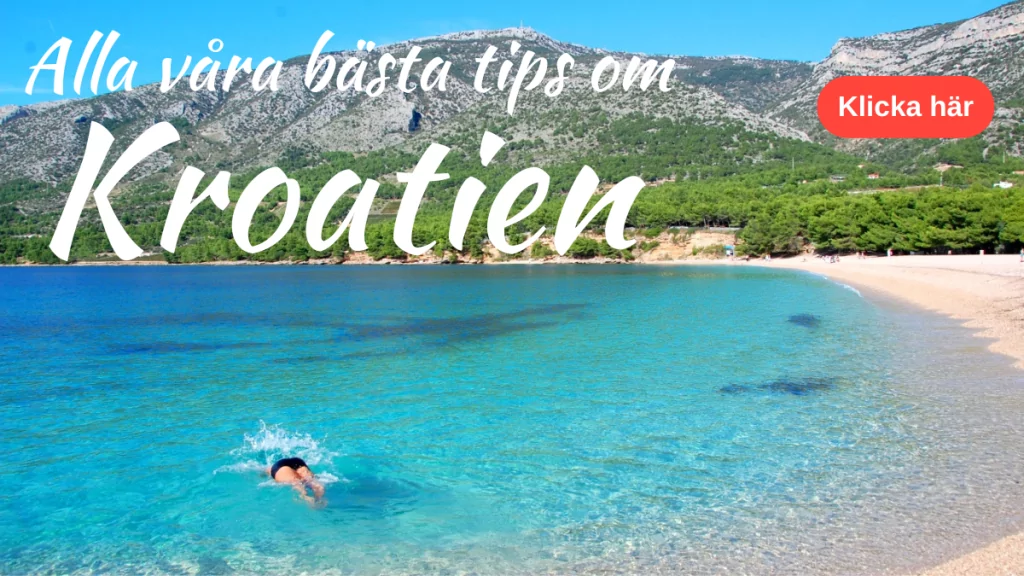
Facts about Dubrovnik
- Country: Croatia
- Landscape: Dalmatia
- County: Dubrovnik-Nerveta County
- Location: Dubrovnik is located in southern Dalmatia, almost at the southernmost point of Croatia.
- Population: 43 000 (2015)
Good to know about Dubrovnik
- Language: Croatian (many also speak English)
- Currency: Euro
- Price point? Slightly cheaper than Sweden, but more expensive than the rest of Croatia
- Time difference: None
- Emergency number: 112
- El: Like Sweden
- Water: It may be advisable to choose bottled water.
- Religion: Christianity (mostly Catholicism)
- Tourist information: Local tourist information
Sights in Dubrovnik
- Churches: Church of St Blasius, Church of the Holy Saviour, Church of St Ignatius, Franciscan Monastery, Church of the Holy Annunciation, Dominican Monastery and Cathedral of Dubrovnik
- Museums: Red History Museum, Gornji Ugao Tower, Love Stories Museum, Museum of Croatian War of Independence, War Photo Limited, Memorial Room of the Defenders of Dubrovnik, and Museum of Modern Art.
Restaurants in Dubrovnik
- Lady Pi-pi is offering a really nice view. Address: Peline/Antuninska
- Nishta is for those who prefer vegetarian food. Address: Prijeko bb
- Kopun serves Croatian cuisine. Address: Poljana Rudera Boskovica 7
- Taj Mahal serves traditional Bosnian food. Address: Nikole Gucetica 2
Bars and cafes in Dubrovnik
- Buža and Buža II are two cafés with views of the sea and the sunset. Address: Crijeviceva 9
- D'vino Wine bar has a wide range of wines from all over the world. Address: Palmotićeva ul. 4a
- Troubador is a classic bar with wine and jazz. Address: Buniceva polyana 2.
Accommodation in Dubrovnik
- Hotel: Hotel Stari Grad at Od Sigurate 4 is a small hotel with a restaurant on the roof terrace. For 5-star accommodation, Hotel Bellevue at Ul. Pera Čingrije 7.
- Camping: If you are travelling by motorhome or camping in another way, you can check in at the Camping Solitudo, at Vatroslava Lisinskog 60 on the Babin Kuk peninsula. There is a large, beautiful beach next to the campsite.
Travelling to Dubrovnik
- Flight: Norwegian flies directly from Stockholm Arlanda to Dubrovnik, with a flight time of 2 hours 55 minutes.
- Charter: You can also book a trip with for example TUI, Airtours, Solresor, Ving or Apollo.
- Car: Driving from Rostock in Germany to Dubrovnik takes around 18.5 hours (186 miles), counting pure driving time.
History of Dubrovnik
- Founding: According to a common theory, the city was founded in the 6th century by refugees from the Roman settlement of Epidaurum, which had been attacked by Avars and Slavs.
- Two settlements: The refugees settled on a rock they called Laus, and on the mainland opposite, the Slavs settled in a place they called Dubrava.
- Amalgamation: Over time, the settlements merged and the two cultures fused. The canal between the settlements was filled in, and today the pedestrianised Stradun is one of Dubrovnik's main attractions.
13th century - 17th century
- 1200-1300: The city provided shelter for refugees from different cultures. Between 1205 and 1358 the city was ruled by Venice.
- 1300-1500: Between 1358 and 1526, Dubrovnik was a vassal of Hungary. They now had a powerful merchant fleet, and in the 16th century merchants travelled to India and America.
- 1500-1600: The city was hit hard by several earthquakes and the plague. Much of the city was destroyed in an earthquake in 1667.
19th and 20th century
- 19th century: The French took power in 1808, and in 1809 Dubrovnik was united with the Illyrian provinces. In 1815 the city was captured by Austria, which took possession after the Congress of Vienna in 1815.
- 20th century: Dubrovnik was badly damaged during the Croatian War of Independence (1991-1995). Much damage was done during the 1991-1992 siege, when Serbia and Montenegro tried to separate the southern parts of Dalmatia from Croatia.

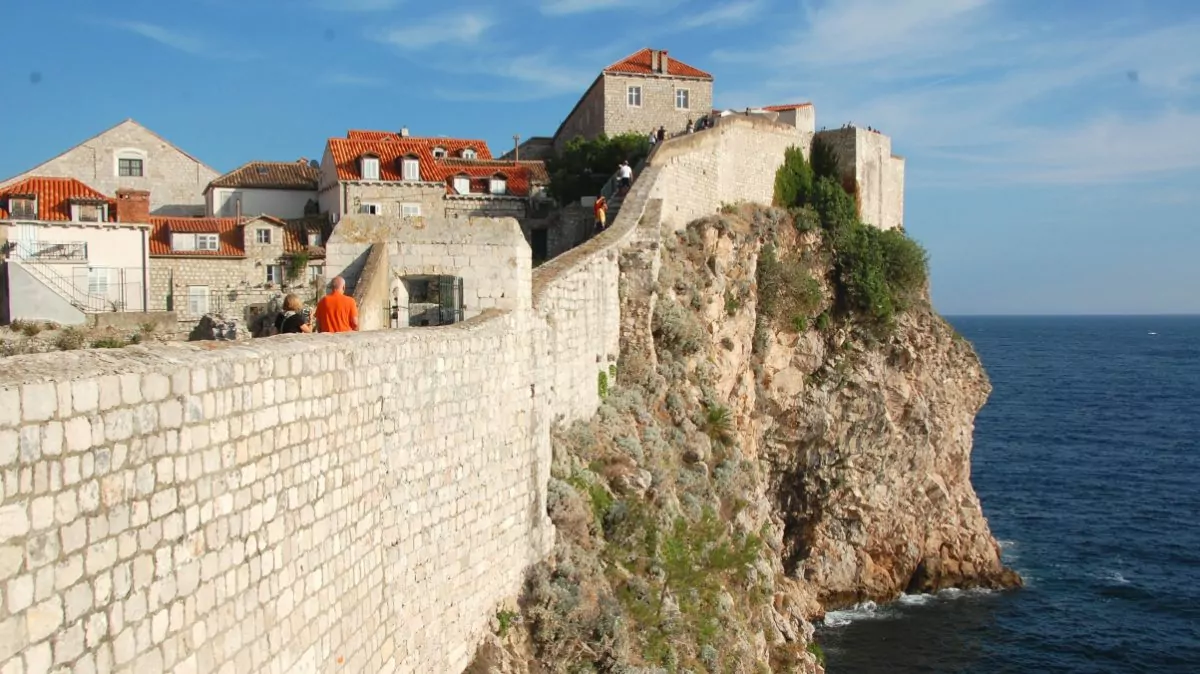
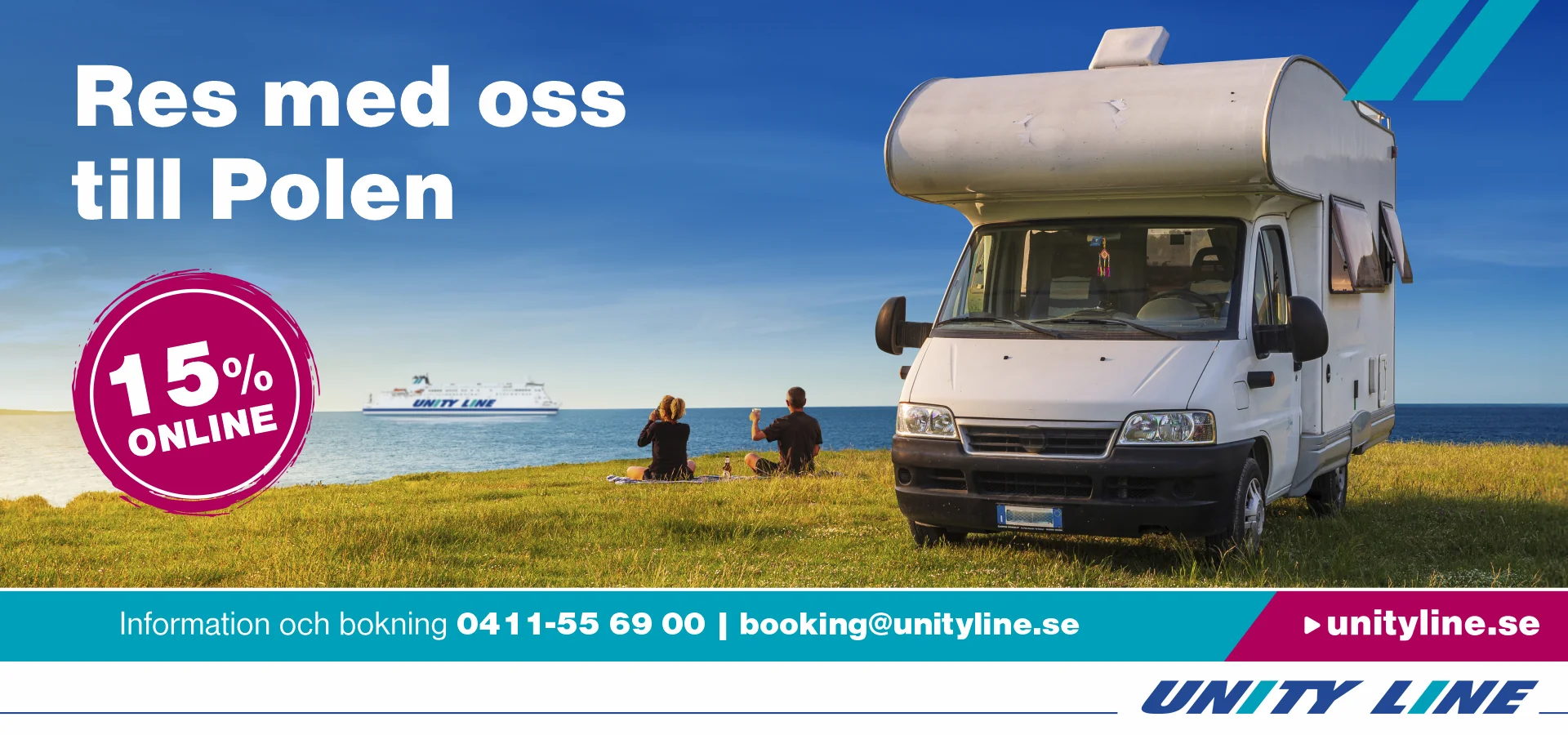






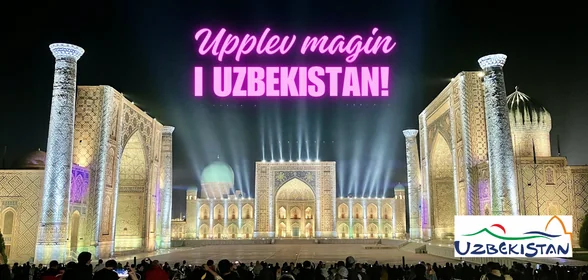

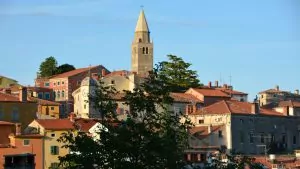
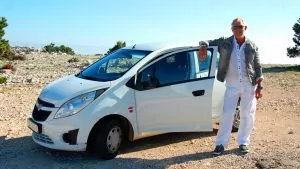
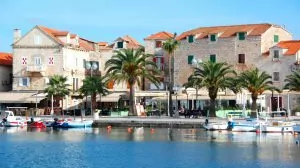
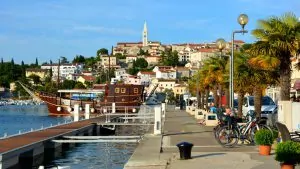
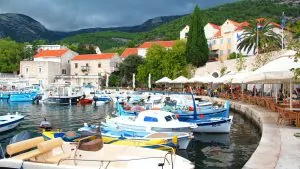
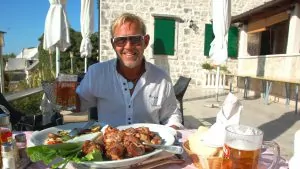
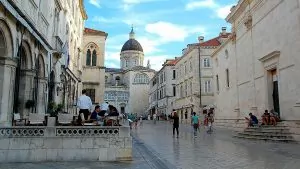
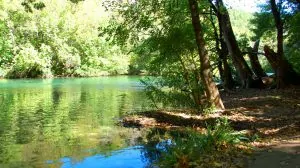
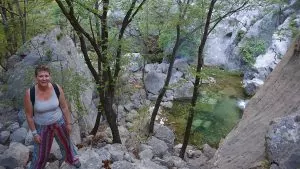
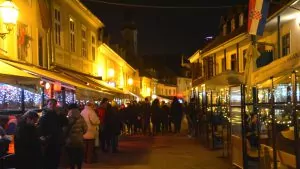
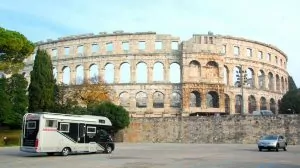
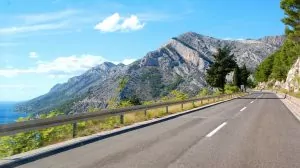
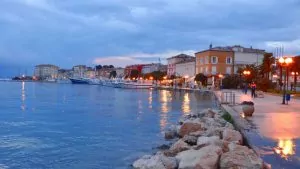
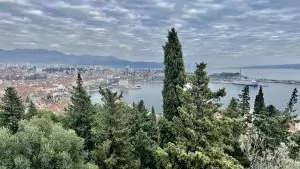
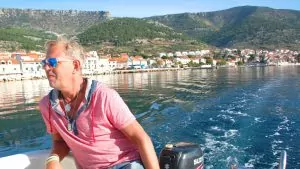
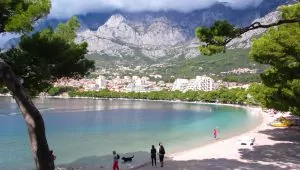
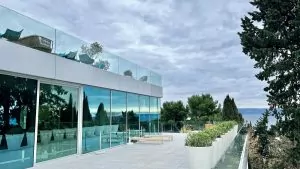
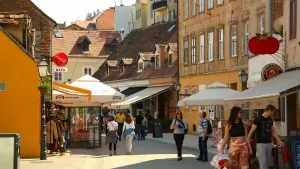
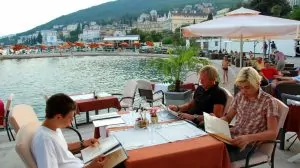
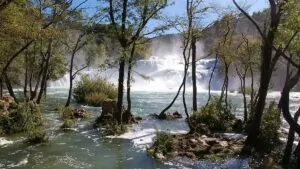
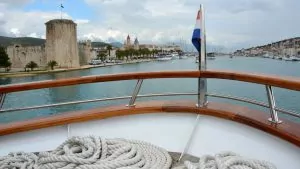
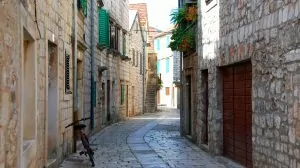
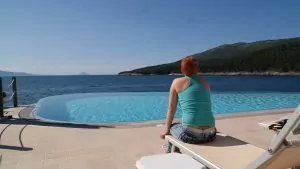
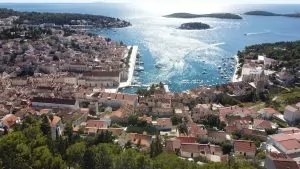
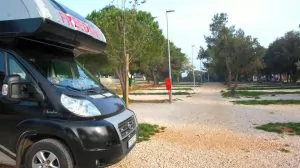
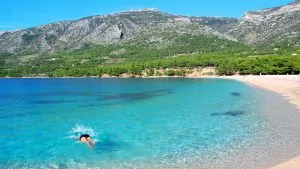
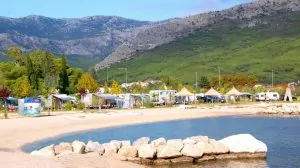
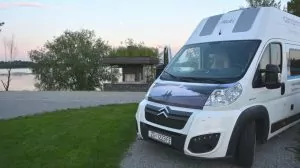
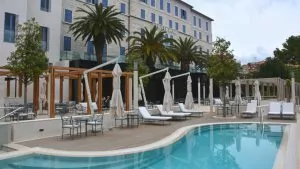
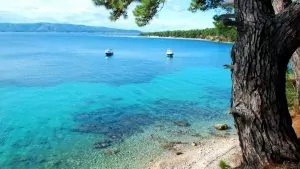
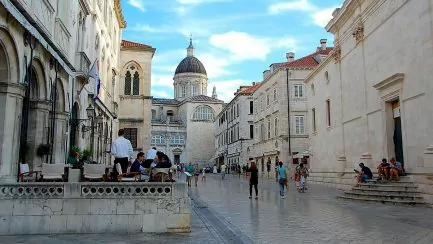
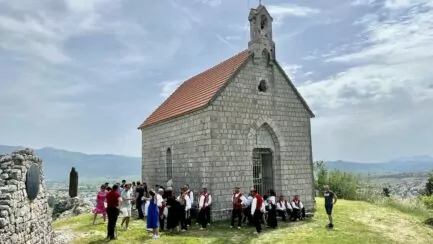
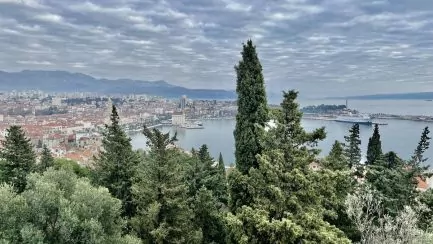
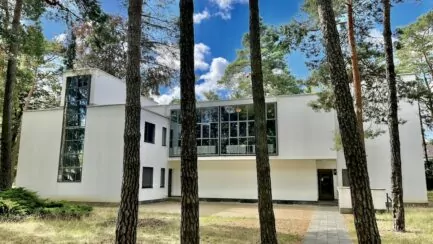
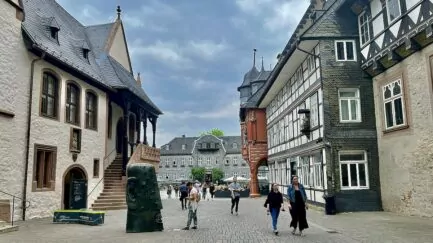
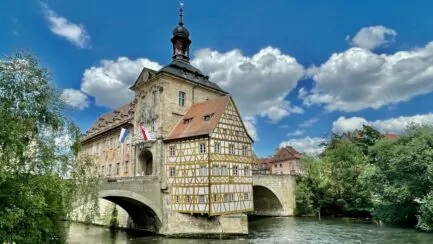



BP says:
Glad you like Dubrovnik and the picture you took from the wall is absolutely great! Oh yes, it is good to come to civilisation again - you will get over the shock, I hope;-)
Love the name of the bus destination. If Croatians knew what the word means in Swedish, I wonder if they wouldn't rename the stop;-)
15 September 2015 - 16:54
Gunilla Yourstone says:
So Kuk means (mountain) peak in the Slavic languages...
15 September 2015 - 19:08
Rolle o Carina says:
How beautiful it is there, now you really got ressugen! 🙂
I wonder if that name has been used on a bus at home? 🙂
Take care and enjoy......
15 September 2015 - 19:24
Veiken says:
Dubrovnik is amazing. We were there at the same time as you, but I was blown away by all the people. It's important to come later in the season next time! Keep enjoying! 🙂
15 September 2015 - 20:02
Katarina says:
I was in Dubrovnik in the early 80s when it was called Yugoslavia. I remember the fascination of the beautiful views, the shiny streets and all the walks on the wall. I think it was completely free for us to walk there then. I remember that it almost felt like time travel. It would be fun to go there again.
15 September 2015 - 20:14
Matts Torebring says:
Dubrovnic feels almost like coming to Normandy. You can feel the wings of history in both places. In Dubrovnic, it is also so beautiful. The campsite is not the best, but it is in the centre, when it is most needed. Thank you for refreshing my memories.
15 September 2015 - 20:30
admin says:
BP, coming back to modernity is both good and bad in a way 😉 Easier to find everything you want, but a little less charming sometimes and much more expensive. But we'll get over the shock 😉.
Gunilla Yourstone, thank you! Perfect with language savvy readers! 🙂
Rolle and Carina, it is very nice in Dubrovnik!
Veiken, we thought the high season was coming to an end, but you have to come even later to get some more peace and quiet...
Katarina, interesting that you were there then! Perhaps it was free to walk on the wall then, now nothing is free here 😉.
Matts, the campsite is actually too expensive for our budget and far too big for our taste, but it is in the best location, as I said....
15 September 2015 - 21:07
spindeltjejen says:
We were there on Monday! Living in Podgora on the Makarska Riviera. About 17 miles north of Dubrovnik. Last full day here tomorrow then we go to Split and fly home on Thursday afternoon ?
15 September 2015 - 22:25
Elisabeth says:
Dubrovnik is a nice old city. Was there for the first time in 1967 and then again a few years ago. The city has definitely become more commercialised, but it still has its charm, despite all the people.
15 September 2015 - 22:37
Steve says:
Dubrovnik is one of those "must-see" destinations that I never made it to. I was on my way with some friends in the early 70s, but for some now repressed reason I backed out. The friends liked what they saw. That it is a very beautiful city I have been able to ascertain without having been there.
15 September 2015 - 22:50
Lennart says:
We also travelled on that bus!
Live well
16 September 2015 - 7:18
Frankie & Co says:
The paving of the street was marble when we were there, do you think it is like that now with the war.
The feeling of strolling on cool marble at dusk was amazing - not forgotten yet ?
16 September 2015 - 8:03
admin says:
Spindeltjejen, oh then we were probably there almost at the same time! 😉 We are slowly travelling north today and could stop by if it suits. I have sent an email to you!
Elisabeth, yes now it is very touristy, but the city is still nice and charming I think! Interesting to have been here already in 1967.
Steve, absolutely, it's a great city!
Lennart, 😉
Frankie & Co, Peter thinks it's polished stone...?
16 September 2015 - 9:07
Ama de casa says:
Haha! Yes, I understand that you don't forget that name so easily 🙂 ).
Looks super nice! I think it's a bit pricey to walk on the wall, but I would have paid that amount to get that view!
16 September 2015 - 9:35
Marina says:
Hahaha, remember the Babin kuk bus! You can imagine a group of eight girls who have had a few too many drinks going home late at night ....;)
16 September 2015 - 10:21
Fantasiresor says:
Nice about Dubrovnik! A great city I think, would love to go back.
16 September 2015 - 16:02
Helga says:
We were there at Easter and then it was quite quiet. In the middle of the summer you should probably not go to Dubrovnik as it apparently pours in tourists from cruise ships for example.
How much longer do you have to travel?
17 September 2015 - 9:26
Ditte says:
What fun that you also liked Dubrovnic and as with the city as with so many other beautiful things, it attracts tourists. But now in mid-September one would think that the biggest tourist rush was over.
I recognise the pictures and when I was there I stayed in a hotel in the city. But then, on the other hand, Dubrovnic was not as popular as a holiday destination.
Lovely pictures that bring back memories.
17 September 2015 - 10:16
admin says:
Ama de casa, sometimes it is worth paying after all. We think "we are here now", maybe we will never come back...
Marina, it's great to have names that are easy to remember when you're trying to find things 🙂 ).
Fantasy travel, agree, very nice city!
Helga, there were enough people now in September... We'll be back in Stockholm on 30 November or so...
Ditte, we also thought it would be a bit quieter in September, but there were a lot of people!
17 September 2015 - 12:48
Linnea Edmark says:
I also liked Croatia, what little we saw when we were on Krk in August. Unfortunately, I do not think that this year's invasion of tourists has settled down yet, but it is probably on the final stage. Maybe you should go there in November, wondering what it looks like on the tourist front then? In any case, Dubrovnik looks very beautiful with many fine buildings and a city centre that looks well worth visiting. We have to drive a new trip south!
Greetings Linnea in Bavaria
17 September 2015 - 20:12
Steel city anna says:
Very beautiful!
18 September 2015 - 13:10
GlobetrotterElisa says:
What a beautiful city. I've heard so many great things about Dubrovnik, so I should probably consider going there soon. September is certainly a great month to visit the city. I also like it best when the big tourist hordes are gone.
02 October 2015 - 12:57